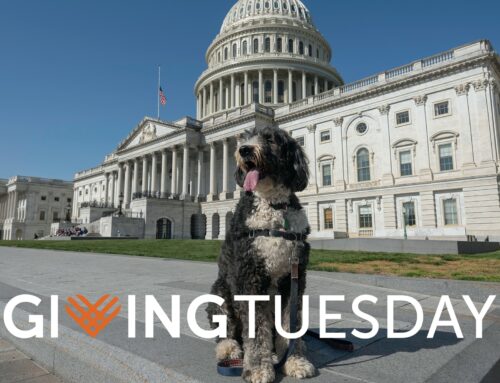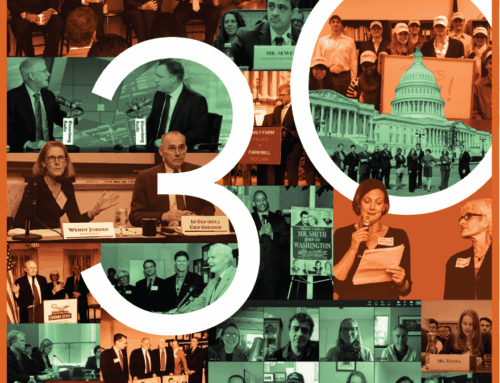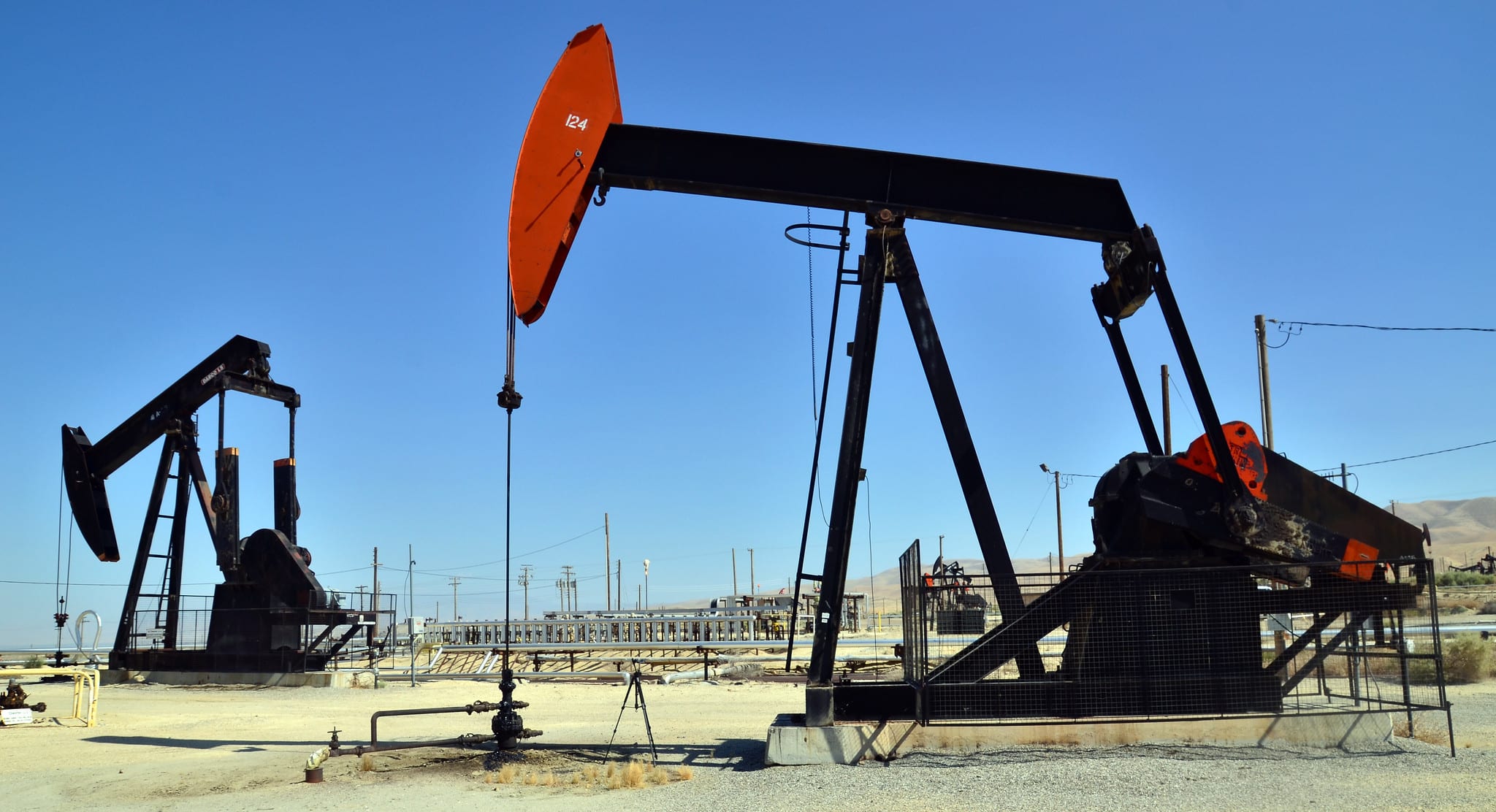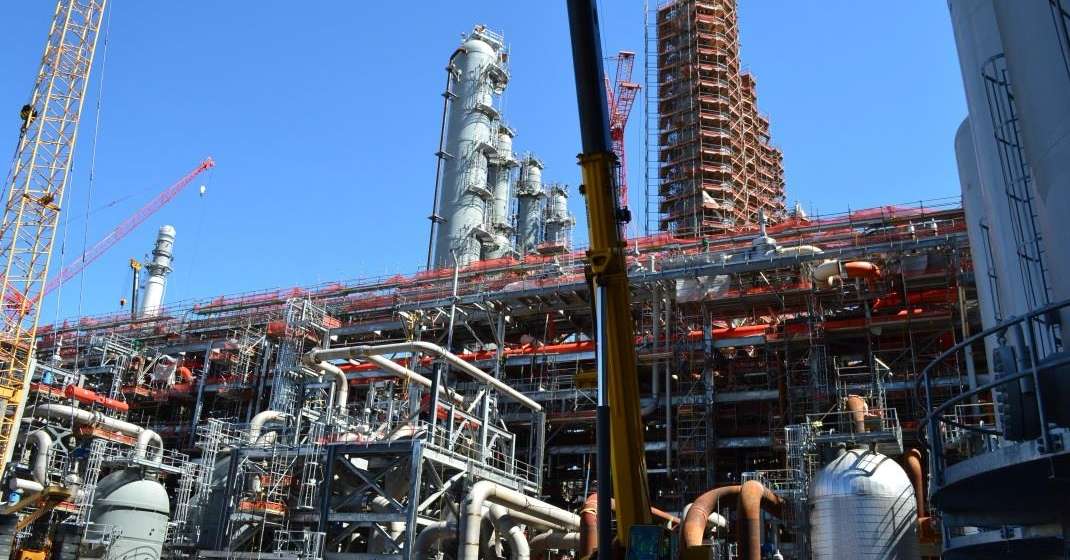As he trudged recently through the charred landscape of the Station fire outside of Los Angeles, California Governor Arnold Schwarzenegger lifted a dumbbell out of the ashes, a reminder that he was standing where a family once lived and of the devastation that fires and other disasters have on the lives of Americans. So this small instance of pumping iron is an apt metaphor for the weighty issues that face the country when it comes to disaster mitigation and spending.
In addition to the wildfires in California we are witnessing a slow but accelerating hurricane season in the Atlantic, making it a good time to look at how our nation’s policies too often encourage people to remain in – or even move into – harm’s way and what can be done to make our country less physically and economically vulnerable to these too often man-made natural disasters.
While the Forest Service has ruled that arson was responsible for the Station fire, the fire’s impacts were forgone long ago. More and more homes are being built in historically fire prone areas and consequently the cost of fighting fires has grown as well. Two months into the fiscal year, California has already spent well more than half of the $182 million budgeted for firefighting. Beyond that, many homeowners are ignorant of the risks or how to adequately make their home less vulnerable to fire. And little is being done to discourage future habitation of fire-prone areas because communities are more interested in increasing the property tax base than preventing higher risk development.
Much the same is true along our flood-prone coastlines and rivers. These areas have been more intensively developed in recent years, and with large homes and expensive condominiums replacing small bungalows. Federal development subsidies from Community Development Block Grants to highway and sewer funding to the biggest coastal development subsidy of them all – federal flood insurance – have fueled the growth in flood-zone development. And when the inevitable disaster strikes, the Federal Emergency Management Agency swoops in to help communities recover and rebuild, often right back in the path of nature’s wrath.
It is federal taxpayers who pick up the tab again and again. California will be turning to the federal government to pick up much of the firefighting cost. Governors are quick to declare disaster areas so they can tap an almost endless reserve of federal disaster funding. Coastal homeowners are eligible for federally subsidized flood insurance. And in many cases insurance companies aren’t able to charge rates commensurate with the disaster risk for the area. All of these serve to insulate homeowners from the real financial costs of their choice to live in paradise.
The tragic opportunity that disasters provide is to make people, homes and communities less vulnerable to the next disaster. In some cases buyouts are appropriate; in others taking steps to elevate, flood, wind or fire proof the homes also make sense; and it’s high time that we find new ways to discourage new development in fire or flood-prone areas. Any disaster recovery funding should be contingent to a great extent on states and communities taking relevant steps to ensure that the inevitable next flood or fire or tornado is going to be less costly for federal taxpayers – in terms of lives, loss and dollars. Like an ounce of prevention is worth a pound of cure, a dime of mitigation is worth a dollar of disaster relief.
We cannot stop hurricanes or floods or fires or earthquakes or tornados from striking. But we can certainly take steps to reduce their impact on people, communities, and the budget.










